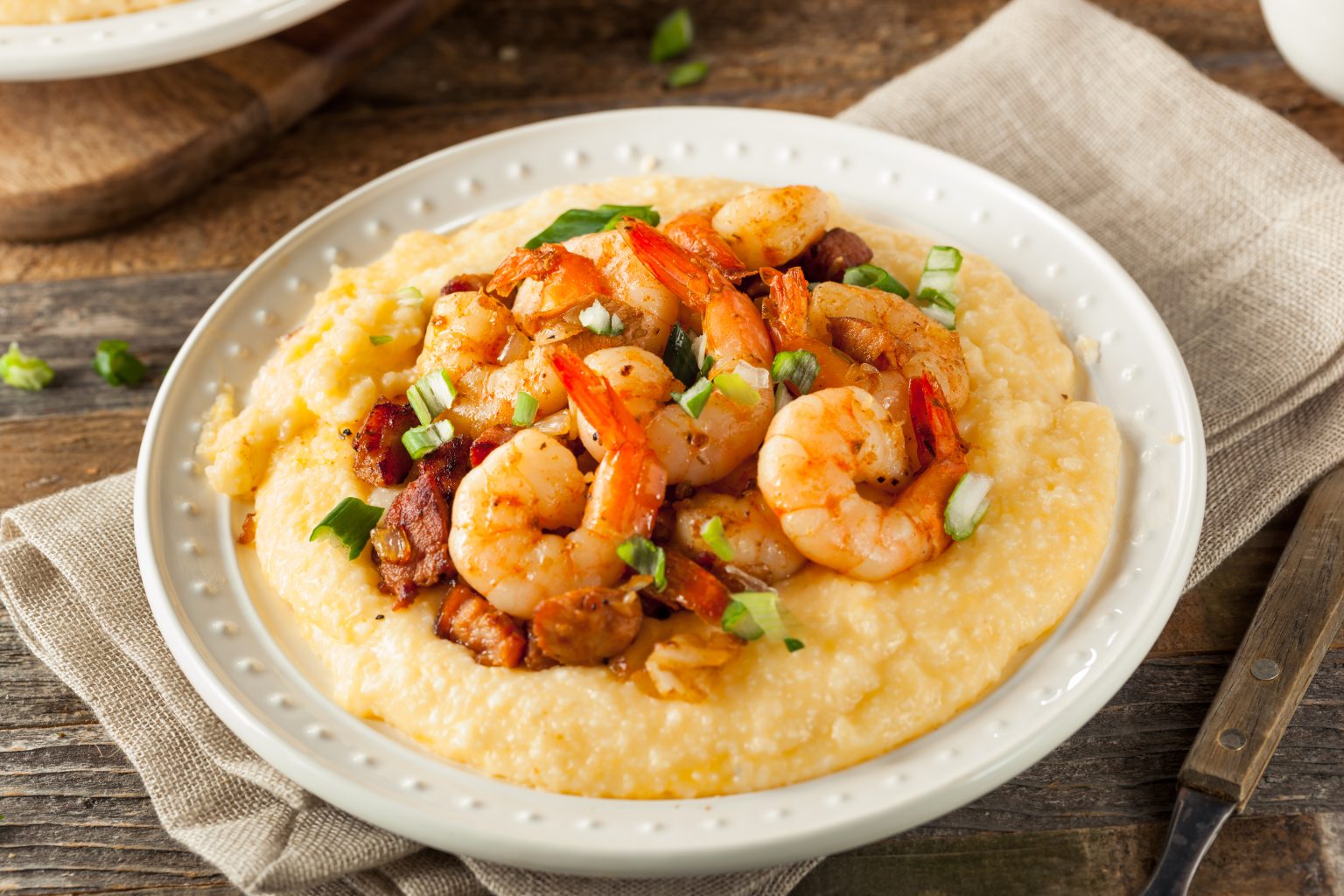Grits hold a cherished spot in the canvas of Southern American cuisine, steeped in a rich heritage that dates back to the 16th century. Originating from the Muskogee tribes’ culinary traditions, this coarse corn-based staple was embraced by European settlers in regions such as Tennessee, Alabama, Georgia, and Florida. The dish has since evolved to become a quintessential emblem of the American South’s diet and culture, epitomised when South Carolina honoured grits as its official state food, a testament to the region’s spirit of hospitality.
Available in several varieties including stone-ground, hominy, quick-cooking, and instant, grits are distinguished by their corn composition and the specificities of their production methods. Serving as a canvas for an array of flavours, they are traditionally enjoyed creamy or cheesy, with a smooth consistency achieved through patient simmering and diligent whisking. Grits are frequently paired with enriching accompaniments like butter, cheese, and gravy, or crowned with savoury toppings such as shrimp, mushrooms, or bacon, cementing their role as a versatile dish for breakfast, lunch, or dinner.
Composition of Grits
Grits originate from the starchy variety of maize known as dent corn. The processing of this grain follows the removal of its hull, after which it is dried and milled. Dent corn is favoured for its soft kernel, which lends grits their signature creamy consistency.
A traditional variant, stone-ground grits, are milled to preserve more of the natural corn flavour and have a heartier texture. They are produced in a manner that retains more of the grain’s nutritional value, unlike the more finely milled instant grits that cater to swift preparation.
Hominy grits differ in that the maize undergoes a process known as nixtamalization: soaked in an alkali solution, typically limewater, to remove the outer layers. This not only alters the nutritional content but also imparts a distinctive taste.
When preparing grits, one typically simmers them in boiling water, stock, or milk, depending on the desired richness. Enhancements like butter, cheese, and cream are common, while healthier additions might include various spices and veggies. Grits offer a gluten-free option rich in fibre and can be a wholesome part of a diet when prepared with attention to ingredients and calories. Their versatility extends to replacements for dishes like risotto or with additional elements such as cheddar cheese, olive oil, garlic, and lemon for flavour.
Differences Between Polenta and Grits
- Origin: Polenta is a classic Italian dish, whereas grits have roots in American Southern cuisine.
- Corn Type: Polenta is made from finely ground yellow corn, providing a vivid yellow hue. Grits come from coarser ground white corn.
- Texture: The fine milling of polenta yields a smooth and creamy consistency, in contrast to the more granular texture of grits.
- Cooking Liquid: Typically, polenta is prepared with chicken or vegetable stock, while grits are often cooked with milk and butter, although this can vary.



